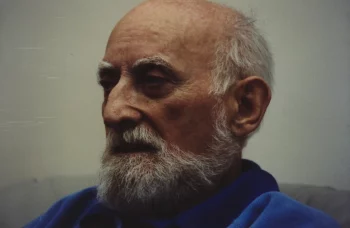Perhaps one of the most infamous tales in art history is that Vincent van Gogh cut off his ear. Theories for the artist’s actions have been theorized, but a new study now suggests that van Gogh’s self-harm was due to a severe bout of alcohol withdrawal.
It is known that the artist dealt with mental illness and at the time of the incident in 1888 and in the time leading up to his death, was likely sleep deprived and malnourished. Theories as to why van Gogh cut off his own ear range from hallucinations experienced by the artist, to news that Paul Gauguin, a near friend, was leaving Arles or that that Theo, van Gogh’s brother, became engaged. However, the study, published in the International Journal of Bipolar Disorders, suggests that van Gogh’s actions were a result of consumption.
“Those who consume large amounts of alcohol… run the risk of brain function impairment,” reads the study, led by Willem A. Nolen, a psychiatrist at the University Medical Center Groningen. “Moreover, abrupt stopping with excessive alcohol consumption can lead to withdrawal phenomena, including a delirium.”
The aim of the study was to better “assess all mental symptoms ever reported by Van Gogh” as opposed to put the artist in one singular category. To do so, researchers sifted through hundreds of the artist’s letters written to his brother and other friends and family. They also interviewed artist historians who have become experts on the artist to formulate their assessment. In their study, researchers stated that van Gogh experienced “brief psychosis in Arles on the days after the ear incident during which he likely stopped drinking abruptly,” and that he “almost certainly suffered from several depressive episodes” between 1874 and 1888. Ultimately, researchers deduced that van Gogh lived with “several comorbid disorders.”
While the study takes a hard look at the life of the troubled artist, they pointed out his dedication to his work. “Over the years he kept on painting, also during most difficult periods in his life,” the study reads, in part. “Only during the most severe psychotic episodes he temporarily stopped working, but in intervals with less symptoms he was able to paint.”
In response to the study, the Van Gogh Museum said” “The medical diagnosis of historical figures is full of pitfalls, and our Van Gogh experts are still hesitant when it comes to drawing firm conclusions,” in an email to Artnet News. The museum continued that the study is “repeating and combining theses that in themselves are not entirely new.”
Earlier this year, researchers learned more about van Gogh’s final days having found the exact location for the last painting he ever created thanks to a postcard.





